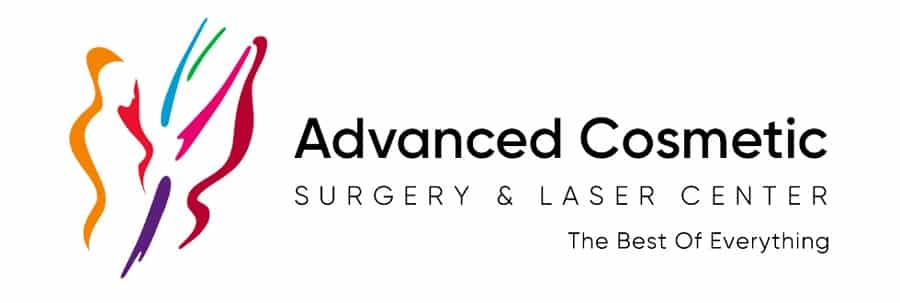Understanding the Anatomy of the Eyelid and Orbital Septum in Blepharoplasty
Dive into the intricate anatomy of the eyelid and orbital septum to gain a comprehensive understanding of how they relate to blepharoplasty. Learn about the key structures involved and how an in-depth knowledge of anatomy contributes to safe and effective surgical outcomes.
Introduction:
A thorough understanding of the anatomy of the eyelid and orbital septum is essential for any surgeon performing blepharoplasty. The eyelid is a complex structure composed of several layers, each with its own unique characteristics and functions. Likewise, the orbital septum serves as an important anatomical landmark during the procedure. In this blog post, we will explore the intricate anatomy of the eyelid and orbital septum, highlighting their significance in the context of blepharoplasty.
-
Eyelid Layers:
The eyelid consists of several layers, each contributing to its overall structure and function:
a. Skin: The outermost layer of the eyelid is the skin, which varies in thickness and texture. Understanding the characteristics of the eyelid skin is crucial for determining the extent of skin excision and achieving optimal aesthetic outcomes.
b. Orbicularis Oculi Muscle: The orbicularis oculi muscle encircles the eyelid and is responsible for eyelid closure. During blepharoplasty, careful consideration is given to preserving the integrity and function of this muscle while removing excess fat and skin.
c. Orbital Septum: The orbital septum is a fibrous membrane that separates the eyelid structures from the deeper orbital fat and eye socket. It acts as a barrier, preventing the herniation of fat into the eyelid and providing support to the structures within.
d. Tarsal Plate: The tarsal plate is a dense fibrous structure that provides stability and shape to the eyelid. It also houses the Meibomian glands, which produce the oily component of tears.
e. Conjunctiva: The innermost layer of the eyelid is the conjunctiva, a thin mucous membrane that covers the inner surface of the eyelid and the sclera of the eye. During blepharoplasty, the conjunctiva is typically preserved and not directly involved in the surgical procedure.
-
Key Structures:
Several key structures within the eyelid and orbital septum require careful consideration during blepharoplasty:
a. Levator Aponeurosis: The levator aponeurosis is a tendon-like structure that connects the levator muscle to the tarsal plate. It is responsible for lifting and maintaining the position of the upper eyelid. Understanding its anatomy and function is crucial in addressing ptosis (drooping) or achieving the desired upper eyelid height.
b. Fat Compartments: The eyelid contains several fat compartments, including the medial, central, and lateral fat pads. These fat compartments can undergo changes with age, leading to bulging or hollowing in certain areas. Precise knowledge of their location and distribution is essential for achieving balanced and natural-looking results.
c. Canthal Tendons: The canthal tendons, including the medial and lateral canthal tendons, provide support and stability to the eyelids. They play a crucial role in maintaining proper eyelid position and preventing postoperative complications. Attention to these structures is necessary during surgical planning and execution.
-
Safe Surgical Approach:
A comprehensive understanding of eyelid and orbital septum anatomy contributes to safe surgical techniques:
a. Preservation of Function: By respecting the intricate anatomy of the eyelid and orbital septum, Dr. Mendelsohn can ensure the preservation of normal eyelid function, such as proper closure, blink reflex, and tear film distribution.
b. Avoidance of Complications: Knowledge of the underlying structures helps minimize the risk of complications, such as injury to the levator aponeurosis, damage to the canthal tendons, or excessive fat removal, which could lead to hollowing or contour irregularities.
c. Customized Treatment: Understanding the variations in eyelid anatomy among individuals allows for a customized approach to address specific concerns and achieve optimal outcomes for each patient.
Conclusion:
A thorough understanding of the anatomy of the eyelid and orbital septum is vital in the context of blepharoplasty. By comprehending the layers, key structures, and safe surgical approach, Dr. Mendelsohn can perform the procedure with precision, ensuring both aesthetic and functional success. If you’re considering blepharoplasty, consult with a double board-certified facial plastic surgeon like Dr. Jon Mendelsohn from the Advanced Cosmetic Surgery & Laser Center in Cincinnati, who possesses extensive knowledge of eyelid and orbital septum anatomy and employs advanced techniques to achieve safe and satisfactory results.
Here are other Blepharoplasty links to youtube videos to watch day by day recovery by real patients, view upper blepharoplasty surgery, and learn more from Dr. Mendelsohn.
https://youtu.be/7sRgrKL9mh0. Chris Upper Blepharoplasty
https://youtu.be/XM2tWs-95oY Gretchen Upper Blepharoplasty
https://youtu.be/-AGeUZWmrAk Gretchen preparation for Upper Blepharoplasty
https://youtube.com/playlist?list=PLRRyQxXaIeve-Wv3-97efQ9KlLI5J-3Gj. Advanced answers playlists by Dr. Mendelsohn
https://youtube.com/playlist?list=PLRRyQxXaIeve1Gao06d5Av3-jX9eDng8q Jill Upper Blepharoplasty
https://youtube.com/playlist?list=PLRRyQxXaIeve05UZF6aC-_1xdJIHb2B4G More Upper Blepharoplasty stories
https://youtube.com/playlist?list=PLRRyQxXaIeve05UZF6aC-_1xdJIHb2B4G Day by Day Recovery for Gretchen
https://youtu.be/UELZZwDCS88 Day by Day Recovery for Jeaneen
ttps://youtube.com/playlist?list=PLRRyQxXaIevcLUZIv3vVUIjrClskjRsCp. Chris Playlist for Upper Blepharoplasty and Advanced Facelift
https://youtu.be/IQ3UywNWHYU Live Upper Blepharoplasty Surgery


Recent Comments